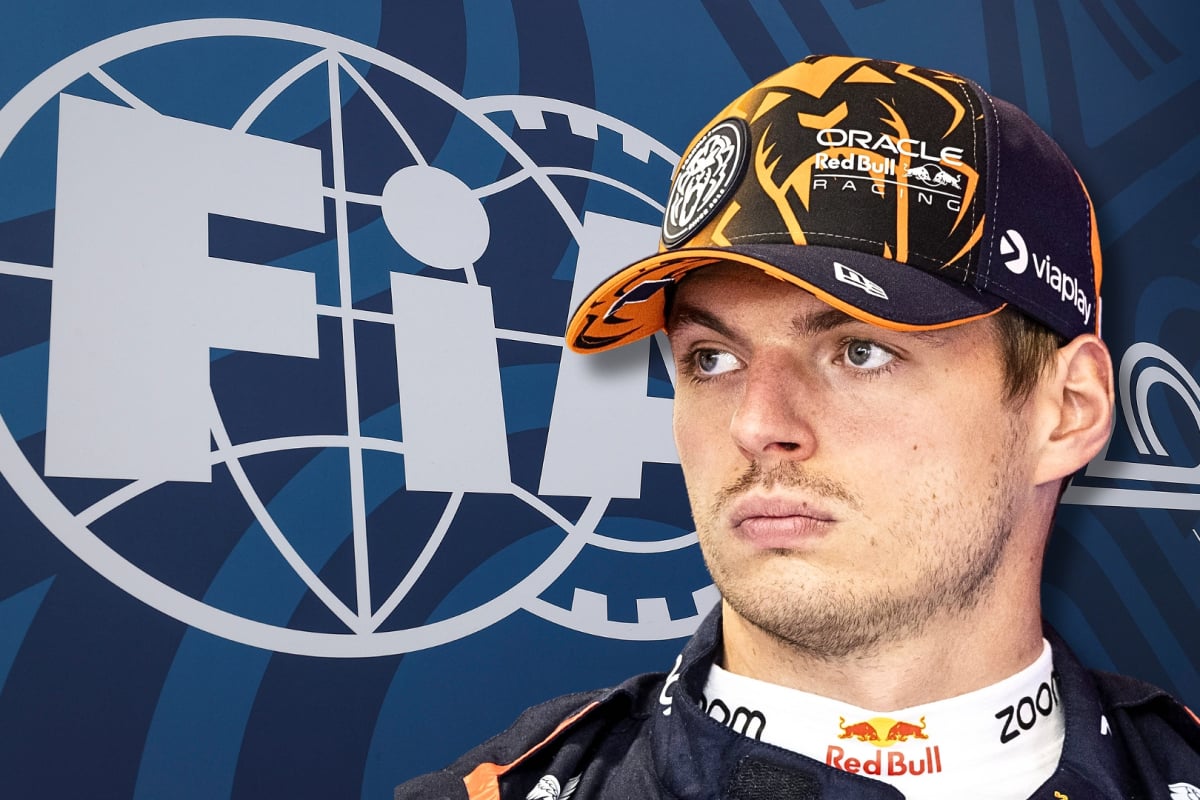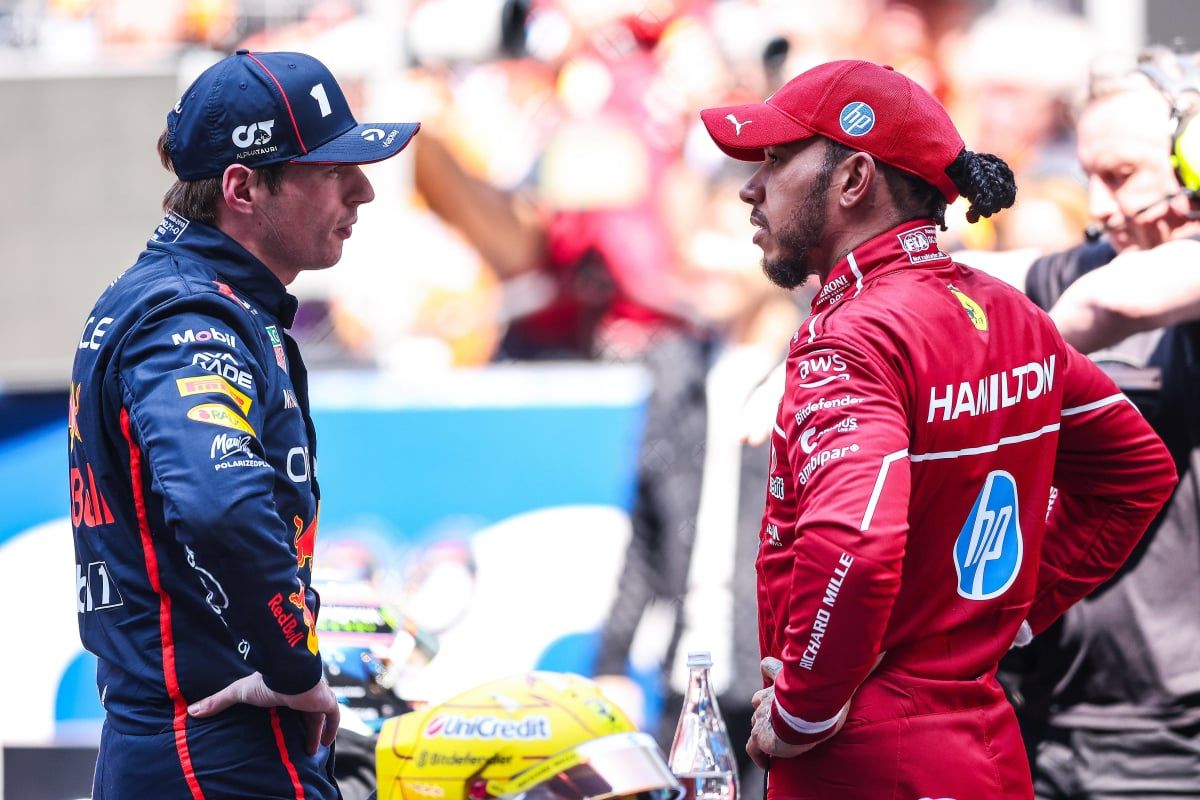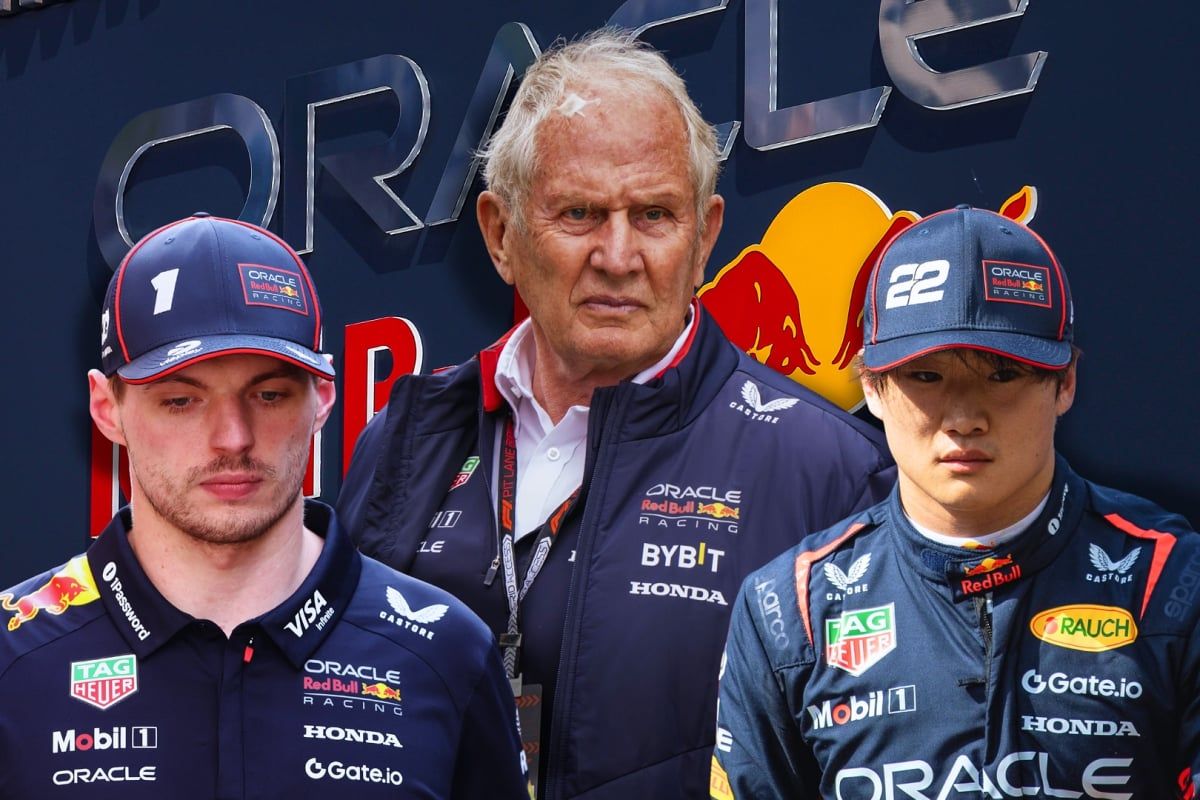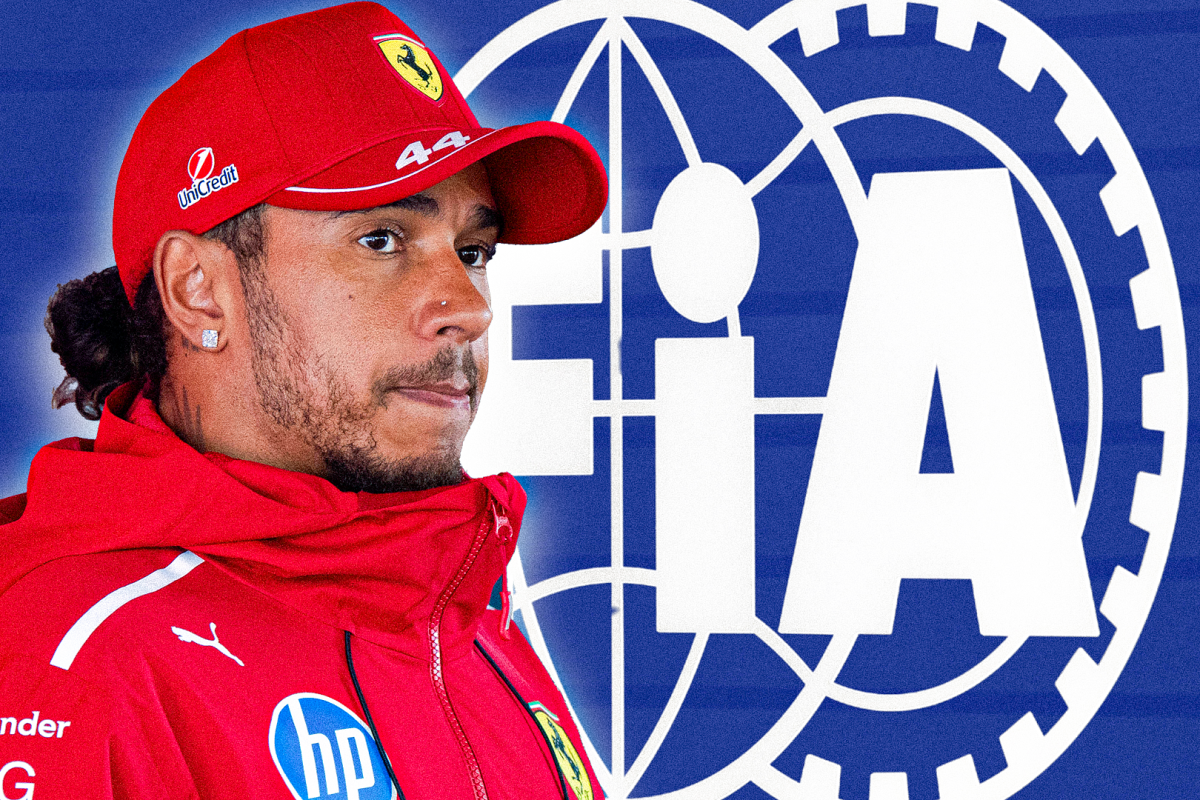Verstappen Faces Further FIA Scrutiny After Canadian GP Outburst: A Potential p… read more
Max Verstappen’s dominant victory at the Canadian Grand Prix was overshadowed by his post-race radio outburst, leaving the reigning world champion facing potential further punishment from the FIA (Fédération Internationale de l’Automobile). While the Dutchman ultimately avoided any immediate penalties on the track for his driving performance, his heated comments directed at the race stewards and his team, broadcast live to millions of viewers, have drawn significant attention and sparked debate regarding the appropriate response to such displays of unprofessionalism from a leading figure in the sport. The incident highlights a growing tension between drivers pushing the boundaries of on-track aggression and the FIA’s attempts to maintain a level of decorum and sportsmanship.
Verstappen’s frustration stemmed from a perceived inconsistency in the application of track limits penalties. Throughout the race, several drivers, including Verstappen himself, exceeded track limits at Turn 10, a notoriously difficult corner with a significant runoff area. While some received penalties for this infraction, others, including Verstappen on occasions, seemingly escaped sanction. This perceived inconsistency fueled his anger, and upon crossing the finish line, he unleashed a tirade on the team radio, expressing his displeasure with what he saw as unfair and arbitrary stewarding. His words, peppered with expletives and highly critical of the officiating, were broadcast live, a breach of the usual muted communication channels between drivers and teams.
The FIA’s immediate response was relatively muted, with no immediate penalty handed down for the outburst itself. This lack of immediate action, however, doesn’t necessarily preclude future disciplinary measures. The FIA has a range of penalties at its disposal, from a simple reprimand to potentially heavier sanctions such as fines, grid penalties, or even suspension, depending on the severity of the infraction and the driver’s history. While Verstappen has a generally clean record concerning post-race conduct, the public nature of his outburst and its potential to negatively impact the sport’s image could influence the FIA’s decision.
The incident raises critical questions about the balance between driver expression and maintaining the professional image of Formula 1. While drivers are under immense pressure, and emotions can run high during intense competition, the platform of Formula 1 demands a certain level of professionalism and sportsmanship. Verstappen’s outburst, however justified he may have felt, set a potentially dangerous precedent. If high-profile drivers are allowed to express their frustrations so openly and aggressively without significant consequence, it could embolden others to follow suit, leading to a decline in the overall conduct and respect within the sport.
The FIA’s handling of this situation will be closely scrutinized. A lenient response could be interpreted as condoning such behavior, while an overly harsh punishment might be seen as overly punitive and stifle authentic driver emotion. The governing body faces a delicate balancing act: upholding the integrity and image of the sport while recognizing the high-pressure environment in which drivers operate.
Furthermore, the case highlights the ongoing challenges faced by the FIA in implementing consistent and transparent officiating. The perceived inconsistencies in the application of track limits penalties throughout the Canadian Grand Prix, which fueled Verstappen’s anger, underscore the need for clearer guidelines and more consistent enforcement. The incident serves as a reminder that consistent and transparent stewarding is crucial to maintaining fairness and minimizing the potential for driver frustration and subsequent outbursts.
Ultimately, the FIA’s decision regarding any further punishment for Verstappen will set a crucial precedent for future driver conduct. The case serves as a stark reminder that even the most successful drivers are subject to the rules and regulations, and that professionalism and sportsmanship are essential components of the sport, even in the face of intense competition and frustration. The coming days and weeks will be crucial in determining how the FIA intends to manage such situations moving forward and maintaining the balance between allowing driver expression and upholding the standards expected in Formula 1.




